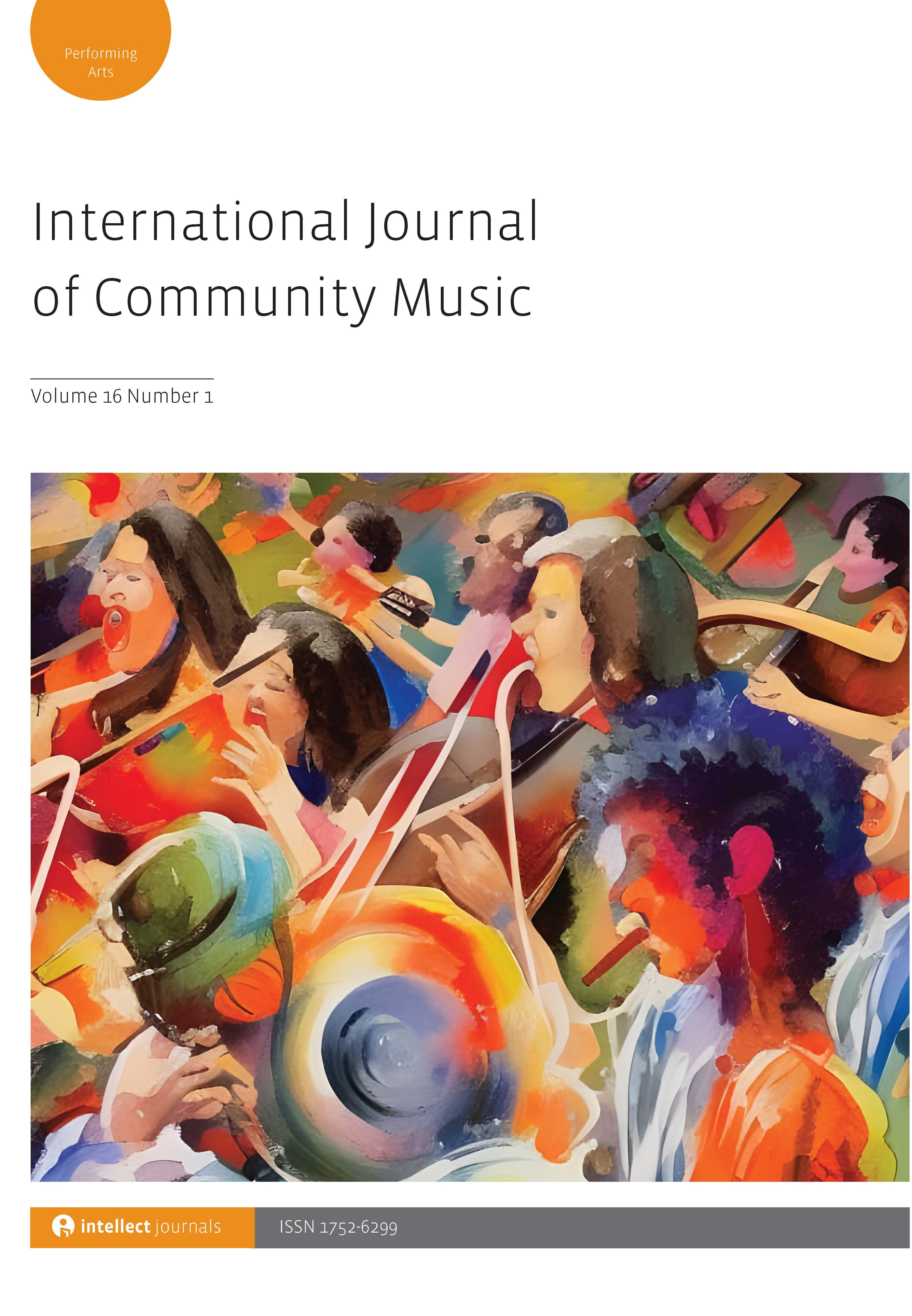
Full text loading...

The purpose of this study was to examine the well-being of older adults who participated in New Horizons ensembles and their perceptions of benefits from participation. The positive psychology framework, PERMA, was selected as a lens through which to explore participant well-being. Florida New Horizons members (N = 112) completed a survey that included the PERMA-profiler measure of well-being and researcher-designed questions that explored perceived benefits of participating. Benefits reported were consistent with past research on well-being supports from participation in community music groups. Participants received normal or high-functioning mean scores in all sub-domains of well-being. Participants in the 65+ age group (n = 95) also demonstrated significantly higher scores than the general population for overall well-being and for positive emotion, relationships and meaning sub-domains. Scores for negative emotion were significantly lower than the general population. Results suggest that participation in community music ensembles like New Horizons may have a positive impact on overall well-being for older adults.

Article metrics loading...

Full text loading...
References


Data & Media loading...

Publication Date:
https://doi.org/10.1386/ijcm_00064_1 Published content will be available immediately after check-out or when it is released in case of a pre-order. Please make sure to be logged in to see all available purchase options.